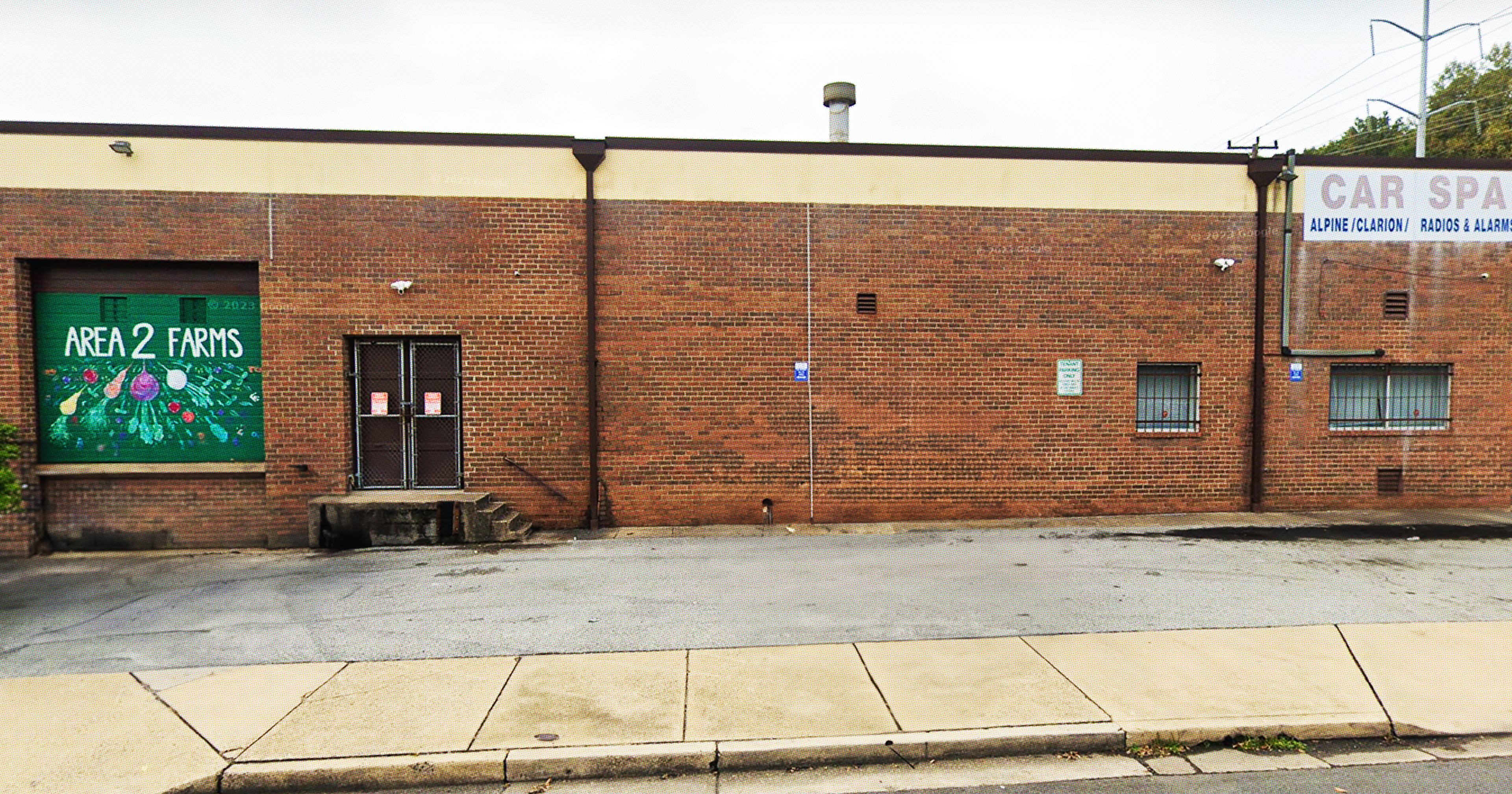Growers seeking ways to operate greenhouses that are easier on the planet — and their pocketbooks — are turning to geothermal.

Graphic by Adam Dixon
This November, when temperatures started to drop, Melody Swan, a registered dietitian and greenhouse manager with Abegweit First Nation, a Mi’kmaq community in the Canadian province of Prince Edward Island, sought relief in the community’s greenhouse. “I was like, I’m just going to stay all day in here, and remind myself of summer.”
On sunny days, the greenhouse reached a toasty 70 degrees, even as cold conditions set in. Over the winter, Abegweit will use the structure to grow produce for community members, and for use in programs like Meals on Wheels and a local daycare.
The greenhouse allows the community to maintain consistent growing conditions in the summer, and prevents the temperature from dropping too low in the winter. But that heat isn’t coming from conventional sources — instead, through the use of geothermal technology, the greenhouse is drawing it up from inside the earth.
As the world’s population increases, the use of greenhouses is also on the rise; in May, a study published in Nature Food used satellite data and artificial intelligence to determine that greenhouses cover 5,000 square miles worldwide (an area about the size of Connecticut) — up from just 115 square miles 40 years ago.
These greenhouses have the potential to safeguard food production against a more volatile climate — but that security comes at a price for the planet. Greenhouses hog energy, and as they proliferate, the energy demand does too.
To make greenhouse production more sustainable, some growers are turning to geothermal energy: energy derived from the heat of the earth itself. Geothermal uses the heat that’s found beneath the earth’s surface to generate electricity, provide hot water, and, crucially for agriculture, to heat and cool buildings.
“It is widely recognized that probably geothermal’s biggest role within decarbonization is decarbonization of heating and cooling … whether that is in a house or agriculture,” said Helen Robinson, global R&D manager at the International Geothermal Association.
Geothermal has other roles to play in farming, from pasteurization to processing, but greenhouses are the lowest hanging fruit, as they require the lowest temperatures, said Robinson. Meanwhile geothermal heat systems have smaller footprints than those that would provide a comparable amount of heat from renewable sources like solar.
Yet while geothermal has been around for a century, the use of the technology is limited; it’s seen as an expensive approach to energy, and there are only so many locations in the world where it’s feasible. But with new technologies, and a greater urgency around decarbonization — including an industry commitment to triple geothermal by 2030 — this niche form of energy may finally be having a moment.
Could agriculture be part of it?
***
Many people, thinking of geothermal energy, likely imagine places like Iceland — and for good reason, since roughly a quarter of Iceland’s energy is produced by geothermal power, and 85% of all homes are heated by it.
Icelandic growers also use geothermal to power greenhouses, including a structure that’s home to one of Europe’s largest banana plantations.
Iceland and similar places are using something called conventional or deep geothermal, said Maurice Dusseault, engineer and professor emeritus in the geology department at the University of Waterloo in Canada. In conventional geothermal, a combination of heat, water, and permeable or porous rock create a well of potential energy deep beneath the surface. “In its most wonderful realization, you drill a hole and you find a big porous rock mass that is full of super-hot fluid … and then you can bring that to the surface, and you can flash it into steam, and the steam drives turbines and electricity is generated,” he said. “[But] that’s only available in a very small area of the world.”
“What we’ve done is scratch the surface of what’s possible.”
Apart from Iceland, countries with capacity for this kind of geothermal include Kenya, Indonesia, and the western United States — with the U.S. being the largest geothermal power producer in the world.
But in most places, the rock is either too dense, making it impossible to extract fluid, or too cold. Even in the U.S., geothermal only accounts for 0.4 per cent of electricity generated. What most places have to work with instead, said Dusseault, is the heat stored in the earth’s subsurface, through an approach called low-grade geothermal.
Thirty years ago, a retired U.S. Postal Service worker named Russ Finch set out to build a greenhouse that used this approach.
Seeking a way to grow produce in the Nebraska winter, Finch adapted a design for a pit greenhouse to include geothermal energy; by burying perforated plastic tubes at a depth of eight feet, where the temperature held constant at 52 degrees, and circulating air through the ground and back into the greenhouse, Finch could generate enough warmth to grow citrus fruit without any additional heat.
In 2010, Finch approached a local machinist named Allen Bright for steel to manufacture a new greenhouse. That first winter, Bright kept an eye on the structure as temperatures went down to 25 below zero. “I had thermometers up and I had bottles of water sitting around, and it was never frozen [in] that greenhouse,” Bright said. “And I’m sitting there saying, ‘It does work.’”
With that project under their belt, Finch and Bright began selling greenhouse kits commercially, as Greenhouse in the Snow; in the 14 years they’ve been operating, Bright said they’ve refined the design, and are now finalizing a 24-foot wide greenhouse for commercial growers.
“What we’ve done is scratch the surface of what’s possible,” said Bright. “That’s what Russ’s goal was: to say, ‘Hey, this is possible, where can we go from here?’
“I had thermometers up and I had bottles of water sitting around, and it was never frozen [in] that greenhouse.”
While this approach to geothermal is widely available, it has limitations. When the ground temperature is in the 40-50 degree range, geothermal isn’t especially efficient at providing the kind of heat required to power a greenhouse (as it stands, the Greenhouse in the Snow design is just meant to keep temperatures above freezing at night).
An alternative approach to geothermal is often called geoexchange. With this method, the ground is used as a way to store heat over the course of the year, dumping that heat in the ground when it’s abundant, and pulling it out when it’s needed — and some growers are using methods to boost that ability even further.
In 2017, Tim Clymer was looking for an economical way to grow figs year-round in Pennsylvania. As propane was too expensive (and too polluting) as a power source for a greenhouse, Clymer looked to geothermal.
Clymer said he considered the Greenhouse in the Snow design, but deemed it too pricey per square foot; instead, he designed a system based on an approach called a climate battery. That involved using fans to push the excess heat collected by the greenhouse (which can reach 120 degrees on a sunny winter day) underground via a network of piping, where it’s stored in the soil. That heat is then released back into the structure when temperatures drop.
Right now, Clymer said they’re maintaining the ground temperature at about 75 degrees, “and then [we] try to carry that into winter. So we really are trying to manage it more like a battery than a sort of quasi-infinite power source.”
Clymer now sells climate battery greenhouses across the U.S. and in Canada, including to Abegweit First Nation. Over time, he has significantly improved the efficiency of the design; nonetheless, Clymer said there’s still an environmental impact, as making a climate battery entails burying plastic in the ground. Such systems also rely on electricity to run the fans. Still, the alternative involves importing produce and trucking it across the country. “So there’s no free lunch there.”
“The interest, and the enthusiasm, and the rate at which [development] has increased even in just the last five to 10 years, it’s phenomenal.”
Either way, Clymer said making use of the resources of an area, whether it’s through a climate battery or a true geothermal system, makes sense. This is especially true where space is at a premium; a megawatt of heat from solar can take a four to six acre solar installation, while an equivalent geothermal heat station can be the size of a garden shed (meanwhile, alternatives to fossil fuel heat don’t stop there, with greenhouses using waste heat from pulp mills, data centres, and bitcoin mining operations, to grow crops).
Going forward, geothermal advocates say there’s significant untapped potential for the agricultural sector to use conventional geothermal. Geothermal can be expensive, but the temperatures needed for agriculture are much lower than those needed to generate power, meaning the wells don’t have to be as deep, said Robinson. “You can look at something that’s coming out of the ground at 50 or 60 degrees [120 to 140 degrees Fahrenheit], and still be like, ‘Right what can we do with this?’”
Meanwhile, even for power generation, geothermal energy is advancing, with new techniques that engineer the conditions that produce power in conventional geothermal systems by fracturing rock. In the U.S., projects using these approaches have begun producing power in the past year. There’s also growing recognition of the potential for geothermal to repurpose oil and gas infrastructure, said Robinson.
“Whether it’s agriculture or something else, the whole perception of geothermal, the interest, and the enthusiasm, and the rate at which [development] has increased even in just the last five to 10 years, it’s phenomenal.”









